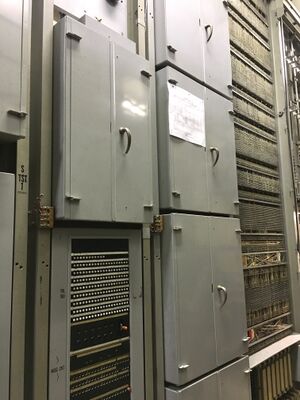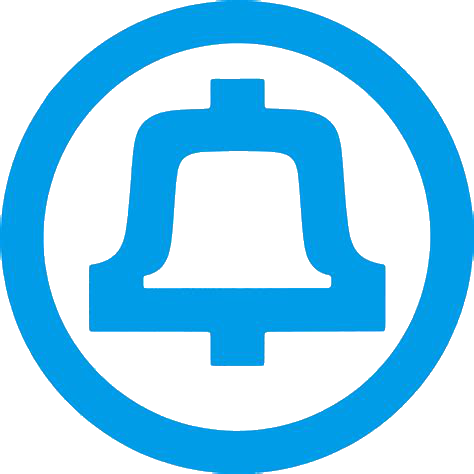Decoder: Difference between revisions
Appearance
wrote something |
Intcreator (talk | contribs) mNo edit summary |
||
| Line 1: | Line 1: | ||
[[File:Panel decoder.jpg|thumb|A decoder in the panel switch at the Connections Museum, Seattle]] | [[File:Panel decoder.jpg|thumb|A decoder in the panel switch at the Connections Museum, Seattle]] | ||
A decoder is a circuit in the [[Panel Machine Switching System|panel switching system]] that acts as a type of routing table. It accepts input from a [[sender]] in the form of a 3-digit [[office code]], and returns a set of instructions that tells the sender how to route the call towards its destination office<ref>"Bell Laboratories Record" ([https://telecomarchive.s3.us-east-2.amazonaws.com/docs/bsp-archive/BLR/6-3.pdf PDF]). Bell Laboratories Record, 6(3), 273–277. May 1928.</ref>. Each call must be routed individually so there is one decoder operation per call. An average-sized panel office usually has three decoders. The [[holding time]] for a decoder is about 300 milliseconds. | A '''decoder''' is a circuit in the [[Panel Machine Switching System|panel switching system]] that acts as a type of routing table. It accepts input from a [[sender]] in the form of a 3-digit [[office code]], and returns a set of instructions that tells the sender how to route the call towards its destination office<ref>"Bell Laboratories Record" ([https://telecomarchive.s3.us-east-2.amazonaws.com/docs/bsp-archive/BLR/6-3.pdf PDF]). Bell Laboratories Record, 6(3), 273–277. May 1928.</ref>. Each call must be routed individually so there is one decoder operation per call. An average-sized panel office usually has three decoders. The [[holding time]] for a decoder is about 300 milliseconds. | ||
In later crossbar switching systems, the decoder evolved into a [[marker]]. | In later [[Crossbar Switching System|crossbar switching systems]], the decoder evolved into a [[marker]]. | ||
== References == | == References == | ||
Revision as of 11:55, 4 April 2025

A decoder is a circuit in the panel switching system that acts as a type of routing table. It accepts input from a sender in the form of a 3-digit office code, and returns a set of instructions that tells the sender how to route the call towards its destination office[1]. Each call must be routed individually so there is one decoder operation per call. An average-sized panel office usually has three decoders. The holding time for a decoder is about 300 milliseconds.
In later crossbar switching systems, the decoder evolved into a marker.
